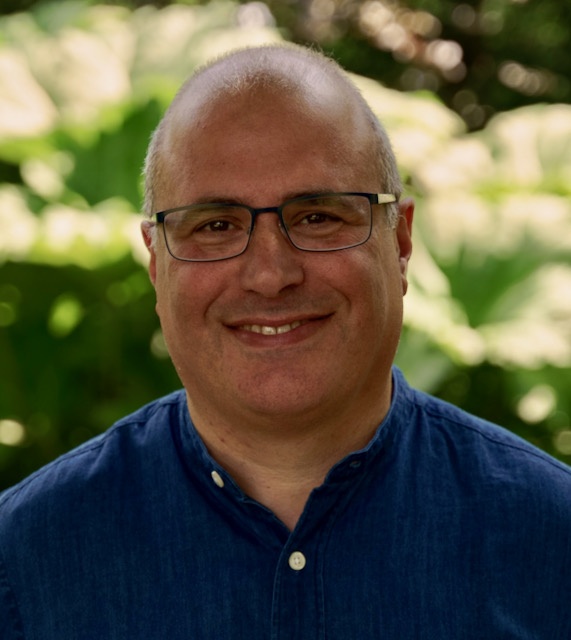Buddha’s Brain: The Practical Neuroscience of Happiness, Love and Wisdom
By Rich Hanson and Richard Mendius
New Harbinger Publications, 2009
There is a buzz around the application of neuroscience to meditation. It works in a couple of ways: meditators are being monitored and tracked, used as guides to the neural basis of positive mental states which can ballast the growing interest in positive psychology. Meanwhile, neuroscientists’ understanding of the brain is being used as a way to describe meditation and account for its effects. The first of these may well enrich psychology; the second is increasingly used by teachers who are taking mindfulness and meditation practices into secular settings such as businesses and hospitals. In these settings, neuroscience makes meditation more respectable.
Buddha’s Brain follows the second approach, and the first thing to say about the book is that it manages its task very well indeed. It is a model of how to write a self-help book about meditation and science, presenting complex material with outstanding clarity and making it accessible, readable and digestible. It distills the authors’ considerable understanding of both meditation and neuroscience into punchy advice and things that people can actually do. Actually, it’s really one author – Rick Hanson – and a second thinker, Richard Mendius.
However, I came to Buddha’s Brain with some doubts about the whole project of expounding meditation in neuro-scientific terms. Often it seems that what we are told about science and meditation really amounts to the following. In meditation you can experience mental states characterised by calm, focus, clarity etc.; neuroscience has discovered that certain areas of the brain are associated with calm, focus, clarity etc.; and – guess what? – when you measure the effects of meditation in the brain it turns out that those parts are activated or strengthened. This may help convince people who trust science and believe that something is only real if you can measure it physically, but people, like me, whose trust in meditation is based on their experience of it learn little from such claims.
From this perspective, my response to Buddha’s Brain was mixed. Its scientific framework allows it to discuss familiar Buddhist themes and teachings in unfamiliar ways. However, to a large extent this could be done as an aspect of the much broader effort to explain Buddhist practices in secular and rational terms. Neuroscience itself offers relatively little fresh understanding of meditation for much of the book. The chapter on loving kindness, for example, tells us that ‘Kindness depends on prefrontal intentions an principles, limbic-based emotions and rewards, neurochemicals such as oxytocin and endorphins, and stem-arousal.’ It continues, ‘These factors offer you a variety of ways to nurture your kindness …’ But the rest of the chapter leaves the science behind and tells us how to develop kindness through behaviour and cognition.
An exception is the section on meditation, where the neuroscience account of attention and how it works offers some useful clarifications of meditative experience. I particularly liked the typology of ‘attentional capacities’ and the suggestion that each of us has a personal ‘attention’ profile of strengths and weaknesses that need to be both accommodated and enhanced. This is worked through nicely into advice on meditation itself that is correlated with the traditional dhyana-factors scheme.
The final section, on the self, finds another value for this material. The Buddha taught his disciples to see the impermanence and insubstantiality of their experience and the absence of a fixed, abiding self. He directed them to observe the changing physical processes of their bodies, and the conditioned and constructed nature of ‘consciousness’, for example by dividing it into the five skhandas. Neuroscience offers a new framework for the understanding no-self: ‘The self seems continuous because of how the brain forms conscious experience … It’s not so much that we have a self as that we do self-ing.’ The insight may not be deepened, but our language for describing it is enriched.
Hanson is clearly a sincere and experienced practitioner and his accounts of his own practice bring another texture to the book. It’s a generous, and intelligent work, whose clarity is all the more remarkable given how new the field really is. That said, it still feels like the beginning of something, and not the last word.


